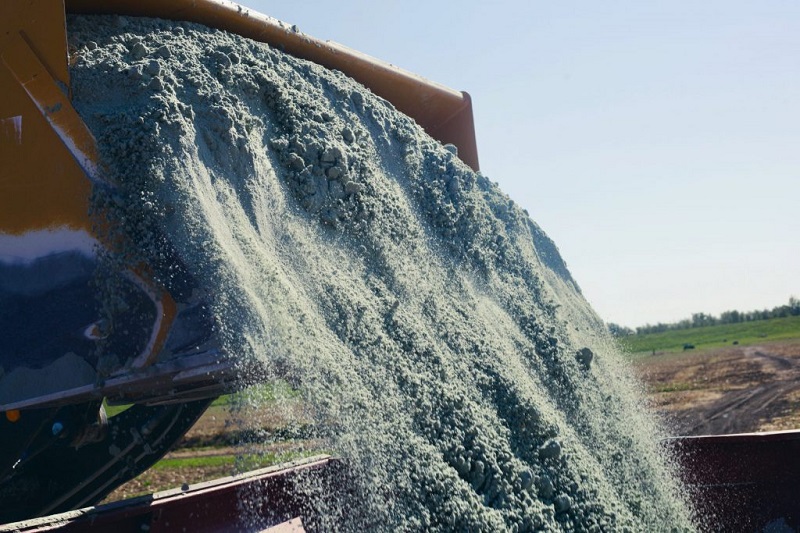To avoid the worst of climate change, the scientific consensus is that greenhouse gas emissions must reach net zero by 2050. Many financial institutions have stepped up to the challenge. Here’s what they’ve discovered about what it takes to drive real-world change.
Financial institutions face increasingly high expectations for progress on decarbonization—of their own operations as well as the activities they finance, facilitate and insure.
What practical steps are they taking along this road? And are there lessons we can draw from their initial experiences?
To find out, Deloitte and the Institute of International Finance surveyed industry executives around the world.
10 Key Findings
A commitment to net-zero requires financial firms to transform themselves and manage down their risks—in so doing, they drive real-world change by engaging with customers and markets, and ultimately enabling entire economies to transition to a low-carbon future. This unique position in the global economy makes it incumbent on financial firms to design credible decarbonization strategies, with everything that entails.
- Net-zero commitment
A commitment makes a difference. Firms that commit show much greater readiness to meet the climate challenge. Our research confirms the effects are pervasive—from higher levels of product innovation, to enterprise-wide engagement, and faster progress on sourcing data. A commitment adds impetus and keeps up momentum when inevitable challenges arise. - Strategy
Net-zero means changing the ways a firm develops its products, and targets, interacts with customers, designs its operating model, attracts talent, and measures success. For three out of four firms in our survey, it’s the CEO who is ultimately responsible for delivering the net-zero strategy. That’s only as it should be, and why the tone from the top is essential. - Governance and execution
Firms are establishing governance structures equal to the scale of their ambitions. A net-zero strategy ultimately requires sign-off by the board because it alters the way a firm allocates capital and balances short and long-term returns. As a multi-year endeavor across multiple divisions and operating layers, tight program management is vital. - Organizational design
Our research finds that over 70% of firms now have a CSO or equivalent (up from 31%, two years ago). Increasingly, CSOs report directly to their CEOs. CSOs need to be agile agents of change engaging with every part of business, equipping them with new ways of thinking, and supporting each function to embed net-zero into business as usual (BAU). - Talent
Ideally qualified candidates are rare, but that isn’t stopping firms from hiring. Over 50% say they have added headcount or created new roles to deliver on their net-zero strategy. Client-facing teams must understand not only climate science but also the transition pathways of specific sectors so they can seize opportunities for business growth. - Products and services
Net-zero is shifting firms’ focus to new value drivers and opportunities. Firms are launching new
products to accelerate their clients’ transitions. Understanding value chains and underserved markets has never been more important. A quarter of firms surveyed have already launched products (or services) for power, oil and gas, real estate, and transport industries (or sectors). - Risk
From modelling climate scenarios to evaluating customer transition plans, risk skillsets are in high
demand and constant evolution. Modelling methodologies are maturing rapidly as workarounds for
data gaps emerge. But risk departments still have a long way to go. Only 3% of firms are confident they can assess the climates risks of individual customers. - Data
No one has data that is fully complete, accurate or sufficiently understood. The goal (for now) is to generate directional targets that are proxies for the firm’s ambitions and act as meaningful guides to action. The firms that report the most progress exploit external data sources and learn how to cope with the persistent fragmentation of the sustainable data universe. - Communication
We face a glass half full—nearly half the firms in our survey say their CEO’s internal messaging on netzero is clear, consistent, and forceful (only 50% more to go, then). External communications are more challenging, not least because the definition of ‘greenwashing’ is so unclear. The keys to effective net[1] zero communications are to be transparent, accountable, and authentic.. - Ecosystem
The only way to meet the unique nature of the climate challenge is through extensive collaboration
across the entire ecosystem of peers, clients, scientists, non-governmental organizations (NGOs),
governments, and regulators. Encouragingly, nine out of ten firms say the industry working groups
they’ve joined—such as GFANZ, PCAF and trade bodies—are effective at finding joint solutions.
Collaboration evidently works. Let’s do it more
To view the full report, click below












